In 2008, the Two River Theater in Red Bank presented Yasmina Reza’s play “Art,” the 1998 Tony winner for Best Play. One of those who attended was playwright Mando Alvarado, whose “Living & Breathing,” now making its world premiere at Two River Theater, was partially inspired by that play.
In “Art,” a man buys an expensive piece of abstract art — basically a blank canvas — to his close friend’s consternation. The friend sees it, basically, as a kind of aesthetic con job. A mutual friend of theirs, though, can see both sides of the argument. This leads to a series of confrontations that test the friendship of the three and lead to all kinds of revelations.
In “Living & Breathing,” Alvarado sets up a similar scenario. Wealth bar owner Todd (Michael Markham) has bought a pricey piece of avant-garde art. His friend Michael (Christopher M. Ramirez), a moderately successful writer, is horrified by it. And their friend Jeremy (Chris Gardner), an aspiring filmmaker, can’t make up his mind about it. But Alvarado ups the ante with a fourth character, Ruben (Carlos Ibarra).
I’ve seen three productions of “Art,” and like it very much. And I believe “Living & Breathing” is just as good.
In Alvarado’s audacious story, Ruben, who we are told is an illegal immigrant, poses, motionless, for eight-hour shifts (with breaks) in Todd’s Los Angeles loft, portraying various Latin American stereotypes (mariachi musician, kitchen worker, drug boss). He’s a living, breathing statue, and is paid by the hour — beyond the $23,000 that Todd already has paid the “sculptor” for the art itself, meaning the concept, the costumes, and the glass booth that Ruben poses in.
This art is a political statement, intended to provoke a strong response, says Todd, who is Caucasian. And he is thinking of installing it at his bar.
“It’s not art; it’s racist,” bluntly responds Michael, who is Mexican-American, and is aghast at the idea of Todd moving it from his home to a public place.
Jeremy (who is half-Black, half-Jewish), Michael and Todd have been friends since college, which was maybe a decade or so ago for them. And their easy-going, trio-of-bros camaraderie is severely challenged by this turn of events. Unspoken, sometimes unconscious prejudices and long-lingering resentments among them come to the surface.
They have very different personalities. And when they talk about the women who have been in their lives, or are in their lives now — and they do so often — the differences in their ideas about love and relationships seem pretty severe, too. (Indeed, you may find yourself wondering how these guys became friends in the first place).
When we eventually learn more about Ruben, we find out that just as the three friends have made certain off-base assumptions about each other, over the years, they have done the same to him. And though we don’t learn much about the unseen creator of this art, it is revealed that false assumptions also have been made about him.
There is a big bonus for Alvarado in making the piece of art that throws everything into disarray three-dimensional instead of an abstract painting, as in “Art.” The play is set in the present day, and the content of this art — as well as the fact that Michael, Jeremy and Todd all have different ethnic backgrounds and different degrees of professional success — gives Alvarado ample opportunity to explore an assortment of modern issues, including immigration, of course, but also racial and wealth inequality, and the idea of “wokeness.”
Also — appropriately enough for a piece of theater — this play makes you think about theater.
I mean, though Ruben is motionless, essentially what he is doing is acting: playing a part for a limited period of time. Michael can’t help but think of him as a slave as he watches him pose for long stretches of time, whenever Todd wants him to. But is that really so different — actually, is it different at all — from what actors do, every day of their working lives?
Under Rebecca Martínez’s direction, this is a brisk, intermissionless 80-minute play, and scenic designer Raul Abrego gives Todd’s loft — where most of the action takes place — a sleek, modern look that screams wealth, privilege and trendiness, and is purposely jarring in contrast to the meant-to-be-evocative crassness of the living-statue art.
Like “Art,” “Living & Breathing” will make you think about a lot more than art.
Two River Theater in Red Bank will present “Living & Breathing” through Feb. 26. Visit tworivertheater.org.

